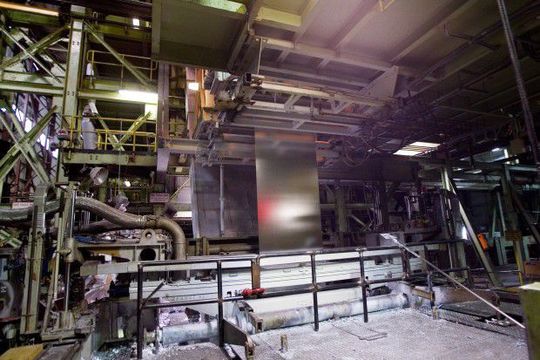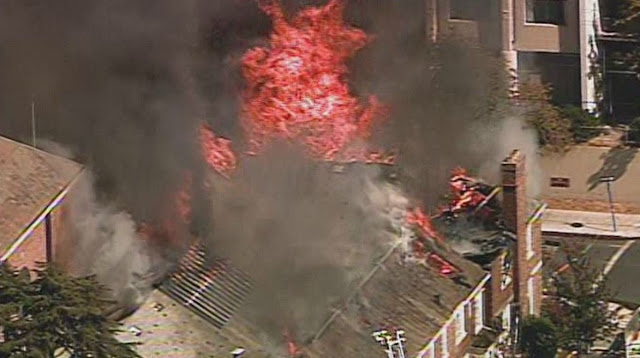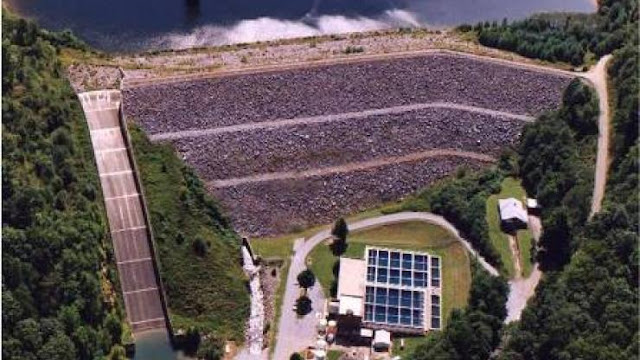UPDATE: Steelworker dies at Gary Works
Joseph S. Pete joseph.pete@nwi.com, (219) 933-3316
Updated 1 hr ago
A steelworker died at U.S. Steel Gary Works mill Friday, according to the Lake County coroner’s office.
Jonathan Arizzola, 30, of Valparaiso, was killed in the U.S. Steel Slab Storage Yard at the sprawling mill that stretches across 7 miles of Lake Michigan lakeshore at 1 N. Broadway in Gary, the coroner’s office reported.
Arizzola was a maintenance worker, Navy veteran and married father of two. He was pronounced dead at 9:45 p.m. Friday, according to the coroner’s office.
The cause and manner of death remain under investigation.
U.S. Steel external communications manager Sarah Cassella said an accident had occurred Friday in the hot strip mill.
“An investigation is underway, and we will work closely with the United Steelworkers and relevant government agencies throughout the process,” Cassella said in an email.
“No further details regarding the incident are available at this time. Our deepest sympathies are with the employee’s family.”
The Lake County coroner’s office, U.S. Steel Emergency Management, and the Occupational Safety and Health Administration Office are investigating the death at the largest steel mill in North America.
Arizzola’s death at Gary Works comes weeks after protests that U.S. Steel and the consulting group McKinsey & Co. were making the mill less safe by laying off and demoting maintenance workers. The United Steelworkers union said the cuts were putting workers at risk by putting off preventative maintenance and causing work orders to pile up.
The USW is appealing the layoffs to a third-party arbiter, arguing the company violated the contract and is threatening workplace safety.
============
Welder Who Died At Gary Steel Mill Thought His Workplace Was ‘Getting Dangerous,’ Wife Says October 1, 2016 12:24 PM
GARY, Ind. (CBS) — A welder who died at the Gary Works steel mill Friday had been looking for another job because he thought his current workplace was getting unsafe, his wife tells CBS 2.

Jonathan Arizzola (courtesy: Arizzola family), 30, of Valparaiso, Ind. died at the U.S. Steel Slab Storage Yard, the Lake County, Ind. coroner said. No cause of death was given.
The workers union at the mill said company cost-cutting measures and workplace pressures may have been to blame. Arizzola’s wife, Whitney, said her husband had been working between 70 hours to 90 hours a week, fixing and welding overhead cranes on the property.
“It started getting dangerous, so he started looking for work recently,” she tells CBS 2’s Sandra Torres.
Arizzola was a Navy veteran and a father and had worked at the mill for about four years, Whitney Arizzola said.
U.S. Steel said the fatal “incident” is under investigation.
“Our deepest sympathies are with the employee’s family,” a spokesperson for U.S. Steel.
Labor officials have accused U.S. Steel of making the mill less safe through layoffs and by shuffling workers to other jobs.
On Saturday, United Steelworkers Local 1014 posted a statement on Facebook.
“While all the details are being sorted out one thing is indisputable: this is horrible news and this young man who was a Husband, a Brother, and a Father, didn’t make it home last night,” President Rodney D. Lewis Sr. said.











































